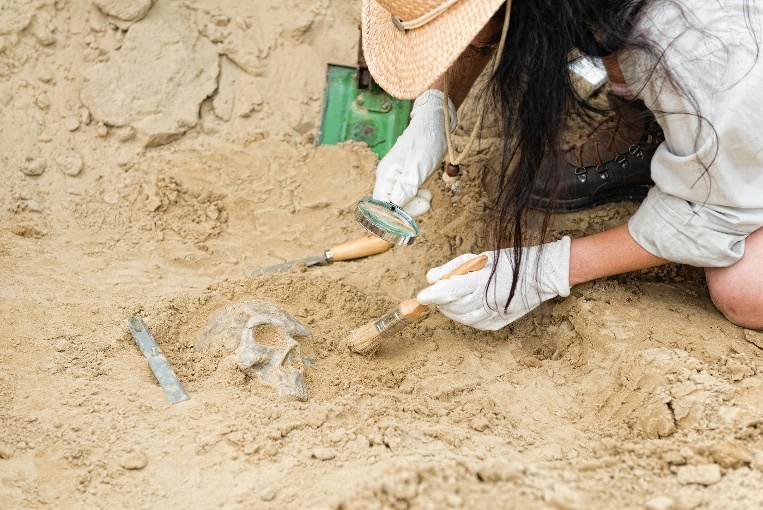
5 Easy Math Engagement Strategies for the Classroom
The news headlines are daunting. Math scores are down. School districts are scrambling to turn things around. And...
Tahlea Jankoski | Published March 19, 2018

Outdoor play has always been an important part of childhood. Imaginative play, exploratory discovery, and real-world learning — these are just a few of the many benefits of playing outside, and this can also be a great place for engaging kids in science concepts.
Hands-on learning can be found in nature and outside play, as children come to understand the world around them by actively participating in the learning process. Creating a space outside for discovering science concepts can deepen a child's ability to see how science is connected to the real-world.
Set the surroundings
Set a space of learning for children to plan and problem solve through outdoor science experiments. Children can collect data and analyze their surroundings in a variety of ways. They are free to move around and explore to see the connections of science found in nature. Children may observe how plants and flowers grow based on the light and wind direction, or how insects and animals live in their habitats. For young children, an outdoor space can be set with sensory materials, such as sand, pebbles, and leaves.
Engage in learning
Children will be fascinated with science concepts as they are inquisitive to observe patterns and relationships outside. Teachers and parents should be actively involved with children's observations and questions. As children explore with the help from a teacher or parent, they can dive deeper into understanding science concepts.
Children can also be organized in teams to work through scientific projects and exploration. This can help determine accurate results as children come together after the science activity to discuss what they learned.
Implement all senses
Through visual observations and outdoor science experiments, children use a full range of senses to find connections with nature. For example, children can discuss what sounds they hear outside or smell flowers. They can draw a sketch what they observe in nature and learn about particular plants.
Use play to teach STEM concepts
Several STEM-based projects can be discovered in outside play, and long-term experiments can help children build upon the data they have been collecting to stay engaged in learning. STEMrangers is an engaging student curriculum that lets children understand science and how it relates to environmental issues. This ecology-themed exploration provides hands-on supplies, videos, and materials to teach kids about the world outside and find solutions for real-world STEM challenges.
Teaching science and STEM concepts as part of an outside play provides an extensive range of learning experiences for children of all ages and can help children be more aware of the world around them.
Learn more about STEMrangers

The news headlines are daunting. Math scores are down. School districts are scrambling to turn things around. And...

Math assessment in California is changing. What used to be a compliance exercise or reporting tool is now becoming a...

You know the moment: a student’s eyes light up when the science experiment fizzes or the math puzzle helps them...